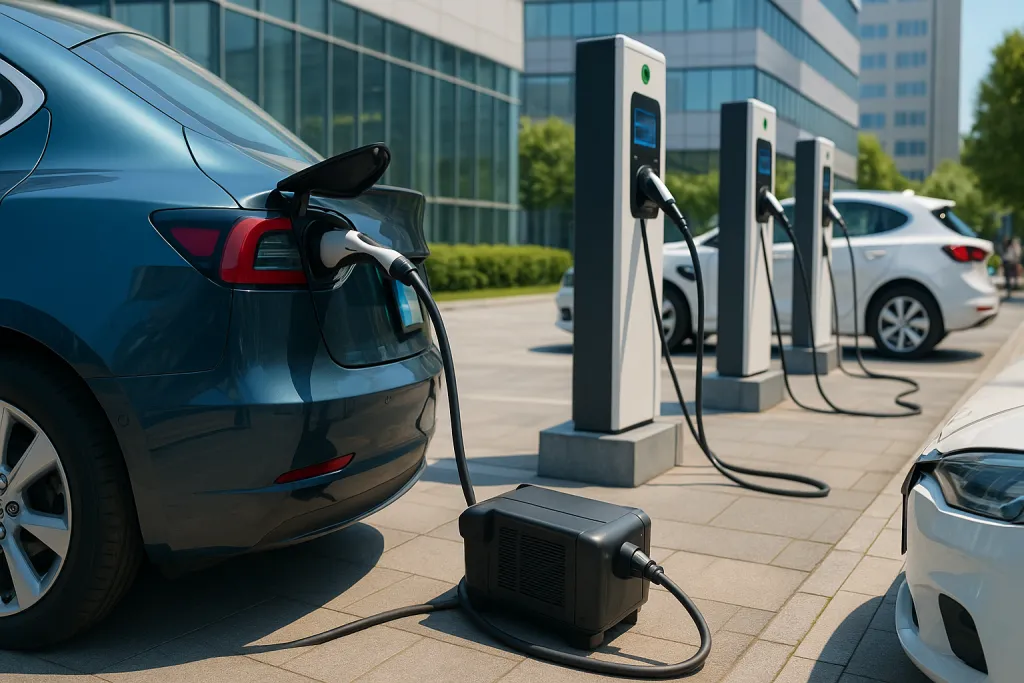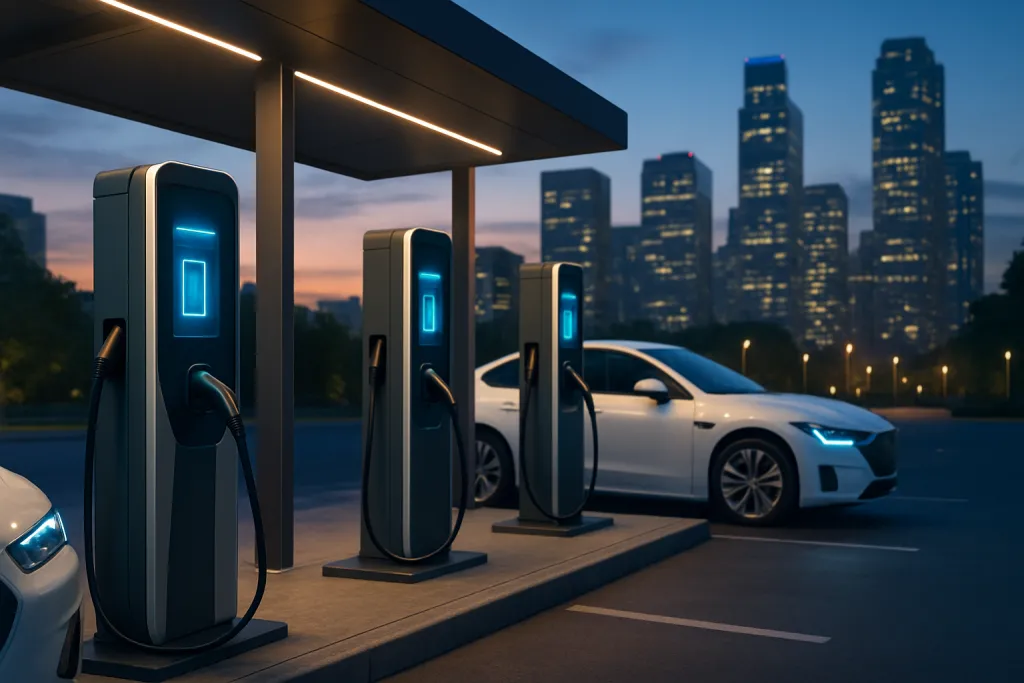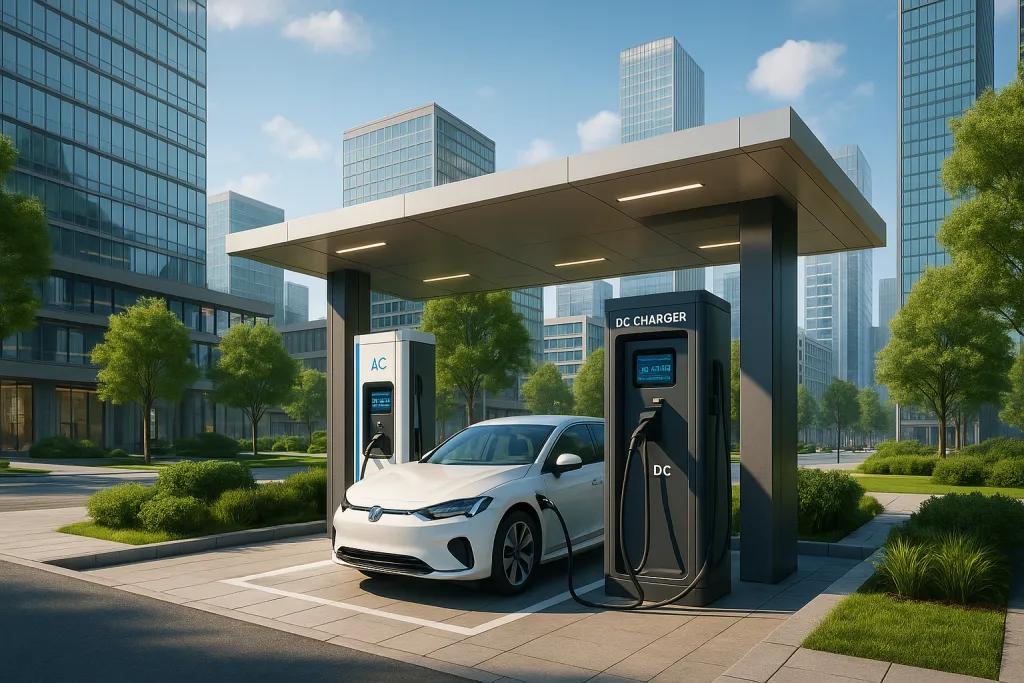In the rapidly evolving landscape of electric vehicle (EV) technology, on-board chargers (OBC) play a crucial role in enabling efficient and reliable charging solutions. This comprehensive analysis explores the fundamental principles and operational processes of on-board chargers in new energy vehicles.
Introduction
On-board chargers are essential components in electric vehicles, serving as the bridge between external AC power sources and the vehicle’s battery system. These sophisticated devices ensure safe and efficient energy conversion while maintaining optimal charging conditions.
Key Components and Functions
- Input Interface: Features standardized connections for AC power input
- Control Unit: Manages charging parameters and safety protocols
- Power Unit: Handles power conversion and regulation
- Auxiliary Systems: Supports vehicle operations during charging
Charging Process and Safety Features
The charging process involves multiple stages of voltage and current regulation, with sophisticated monitoring systems ensuring safe operation. Advanced safety features include temperature monitoring, overcurrent protection, and communication protocols between the vehicle and charging equipment.


